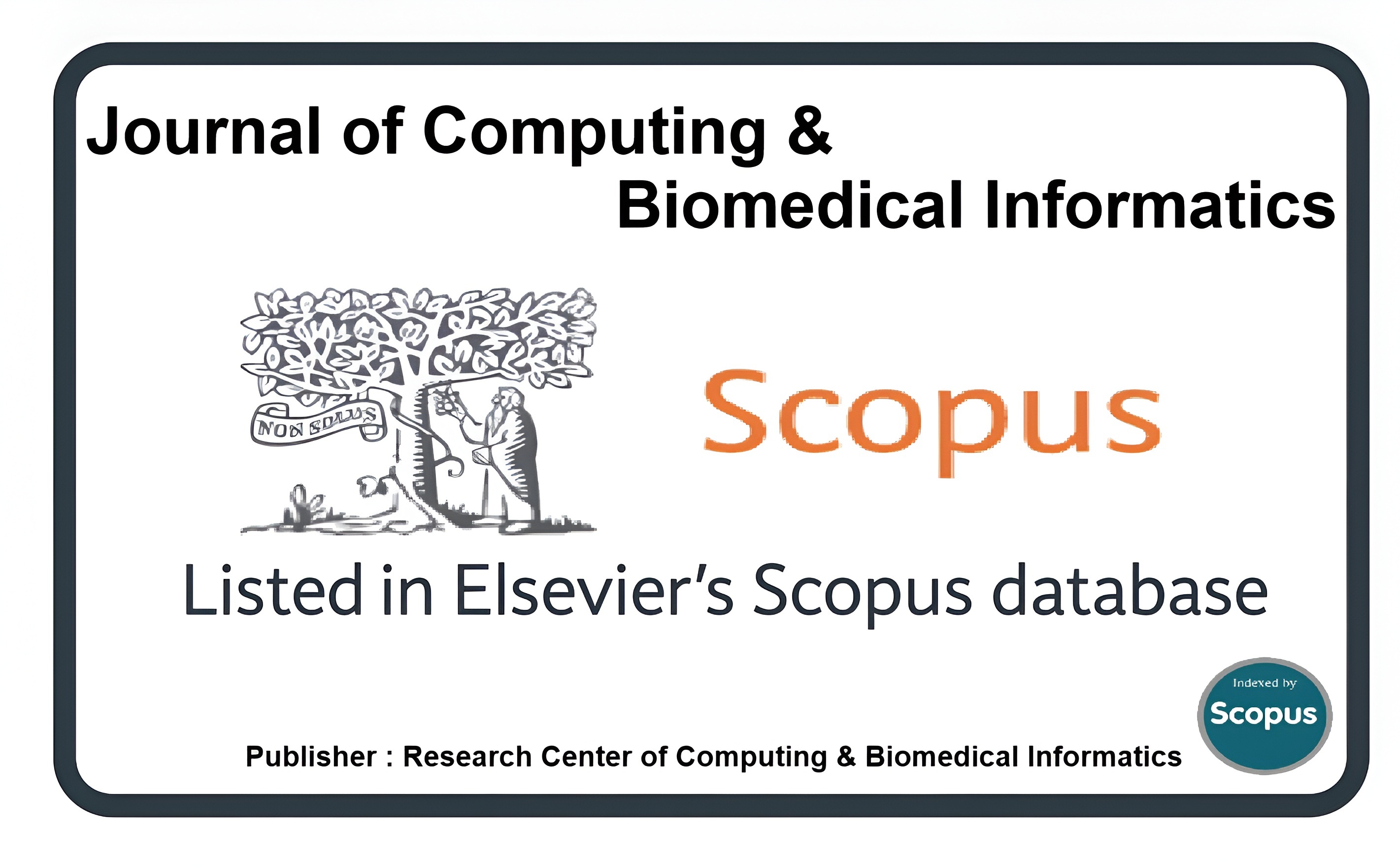An Artificial Intelligence and IoT Based Approach for the Pink Bollworm detection in Cotton Crop
Keywords:
Sensor-based embedded system (SBES), Cotton bolls, Pest attack, Gaussian naïve bayes, Random forest classifierAbstract
The Internet of Things (IoT) is transforming agriculture by providing farmers with a range of innovative techniques to overcome field challenges, such as sustainable agriculture and precision farming. Agriculture is the foundation of Pakistan's economy and cotton has substantial contribution to GDP of state, the pest presents a significant threat to cotton, resulting in high costs and crop losses each year. Although pesticides are an effective method for controlling insect pests, they are costly, and farmers often use conventional pest detection methods to monitor fields and apply pesticides without knowledge of the required amount. To enhance agricultural productivity through technology, it is crucial to investigate a novel technique for detecting pests that can reduce costs and minimize pesticide use. This study is proposed to develop a sensor-based embedded system (SBES) that employs Artificial Intelligence (AI) based algorithms to detect pest damage on cotton due to pest attack. The SBES is utilized to collect data of various cotton boll parameters, and the suggested approach will detect the gases released, variation in temperature and humidity level in closed environment from cotton bolls. The classification models applied are Gaussian Naïve Bayes and Random Forest. Both of these resulted in high accuracy, whereas random forest outperformed in testing and prediction of damaged cotton bolls.
Downloads
Published
How to Cite
Issue
Section
License
This is an open Access Article published by Research Center of Computing & Biomedical Informatics (RCBI), Lahore, Pakistan under CCBY 4.0 International License





